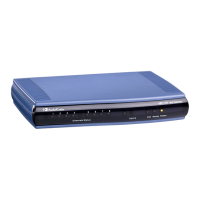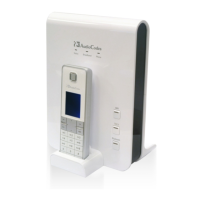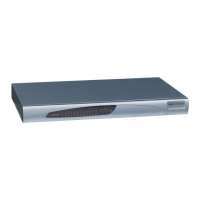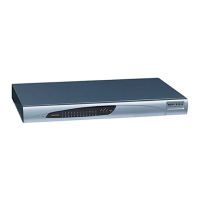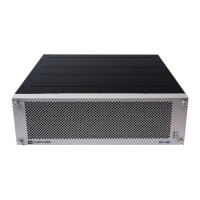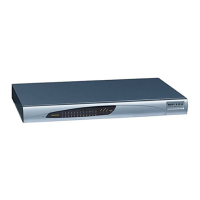CHAPTER21 SIP Message Manipulation
Mediant 1000 Gateway & E-SBC | User's Manual
■ Index 3: If the user part of the From header equals "unknown", then it is changed according to
the srcIPGroup call’s parameter.
■ Index 4: Removes the Priority header from an incoming INVITE message.
Table 21-1: Message Manipulations Parameter Descriptions
Parameter Description
General
'Index'
[MessageManipulations_
Index]
Defines an index number for the new table row.
Note: Each row must be configured with a unique index.
'Name'
manipulation-name
[MessageManipulations_
ManipulationName]
Defines a descriptive name, which is used when associating the
row in other tables.
The valid value is a string of up to 40 characters.
'Manipulation Set ID'
manipulation-set-
id
[MessageManipulations_
ManSetID]
Defines a Manipulation Set ID for the rule. You can define the
same Manipulation Set ID for multiple rules to create a group of
rules. The Manipulation Set ID is used to assign the manipulation
rules to an IP Group (in the IP Groups table) for inbound and/or
outbound messages.
The valid value is 0 to 19. The default is 0.
'Row Role'
row-role
[MessageManipulations_
RowRole]
Determines which message manipulation condition (configured by
the 'Condition' parameter) to use for the rule.
■ [0] Use Current Condition = (Default) The condition
configured in the table row of the rule is used.
■ [1] Use Previous Condition = The condition configured in the
first table row above the rule that is configured to Use Current
Condition is used. For example, if Index 3 is configured to
Use Current Condition and Index 4 and 5 are configured to
Use Previous Condition, Index 4 and 5 use the condition
configured for Index 3. A configuration example is shown in the
beginning of this section. The option allows you to use the
same condition for multiple manipulation rules.
Note:
■ When configured to Use Previous Condition, the 'Message
Type' and 'Condition' parameters are not applicable and if
configured are ignored.
■ When multiple manipulation rules apply to the same header,
the next rule applies to the resultant string of the previous rule.
Match
'Message Type'
message-type
[MessageManipulations_
MessageType]
Defines the SIP message type that you want to manipulate.
The valid value is a string (case-insensitive) denoting the SIP
message. You can use the built-in syntax editor to help you
configure the field. Click the Editor button located alongside the
field to open the Editor, and then simply follow the on-screen
instructions.
For example:
■ Empty = rule applies to all messages
- 513 -
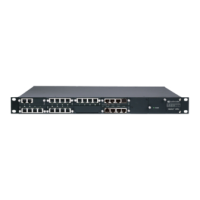
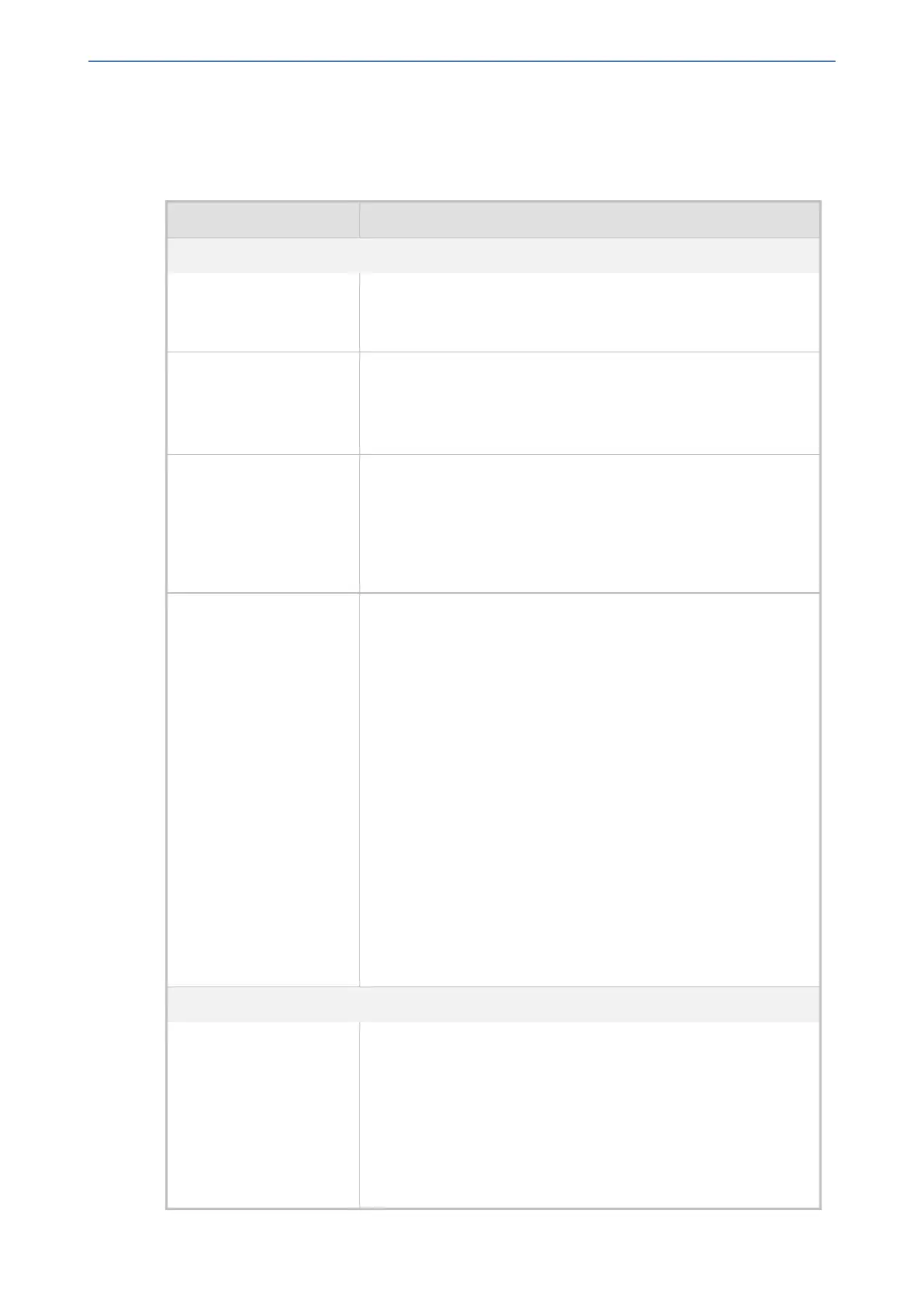